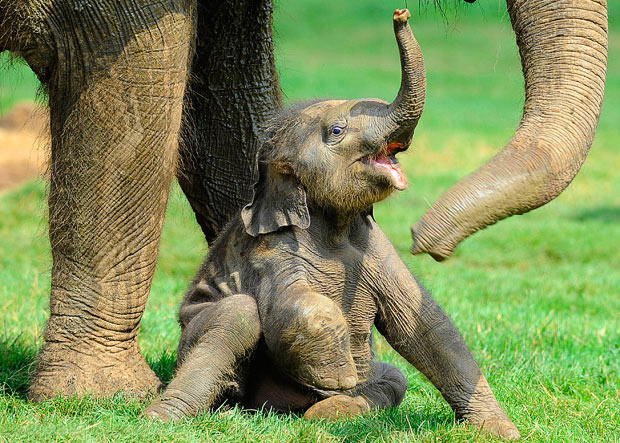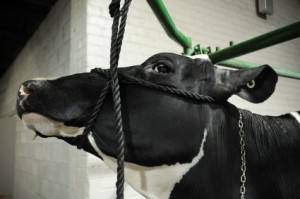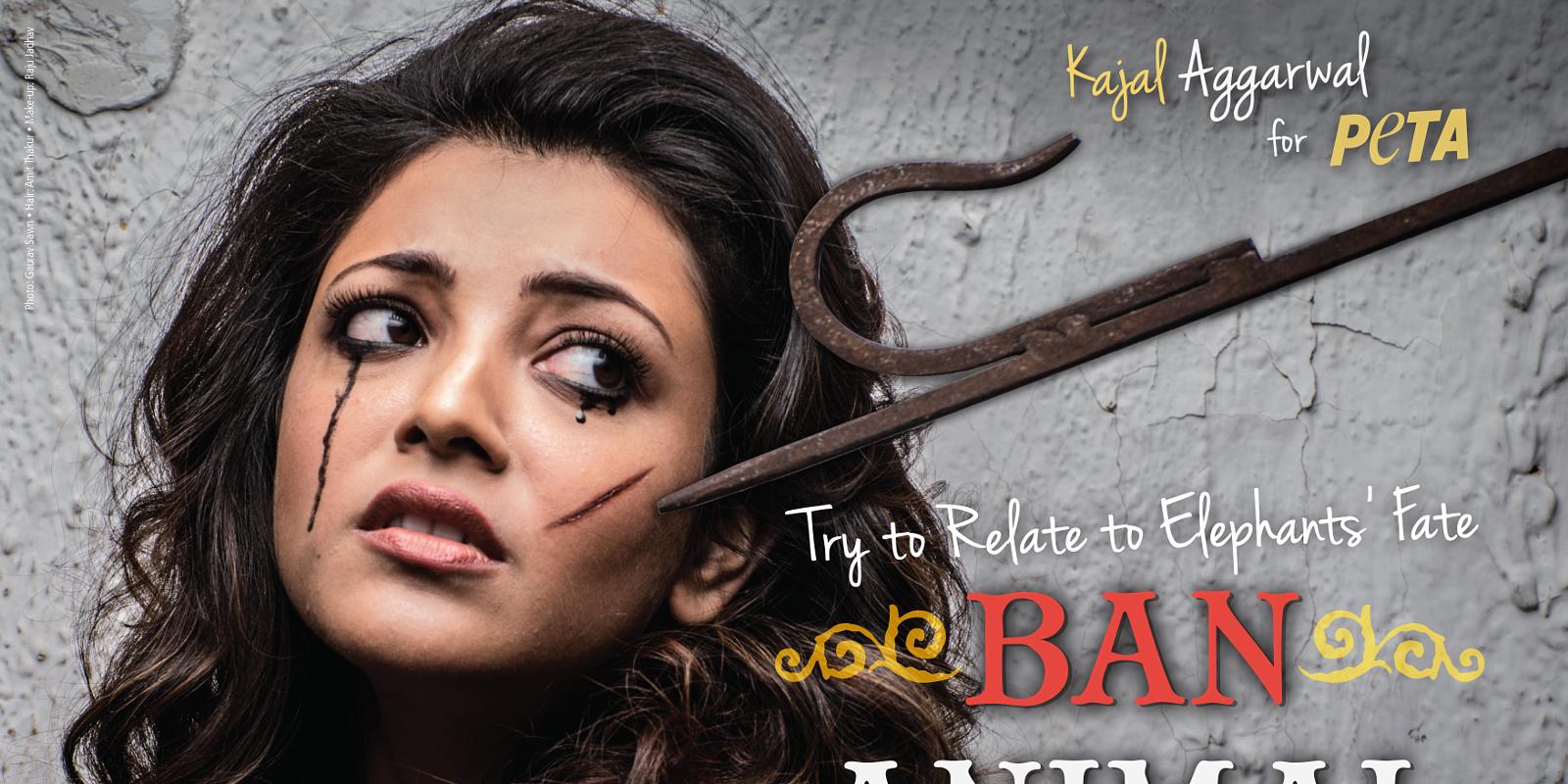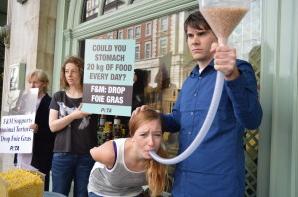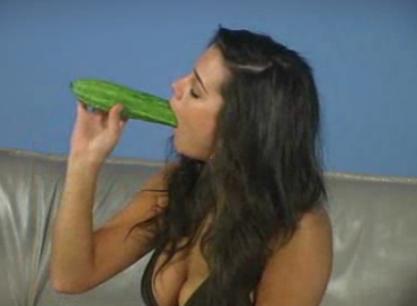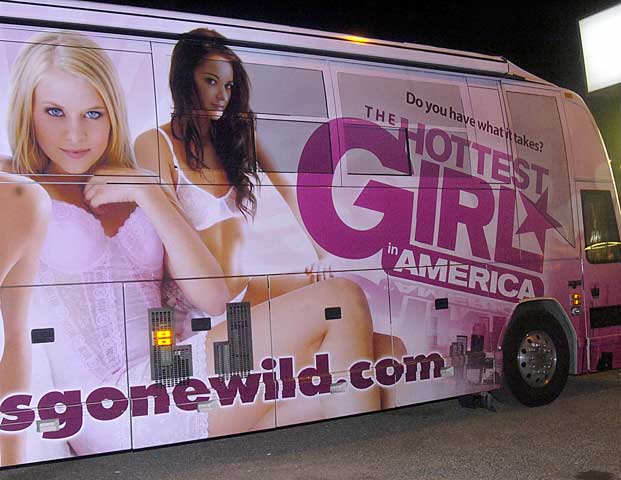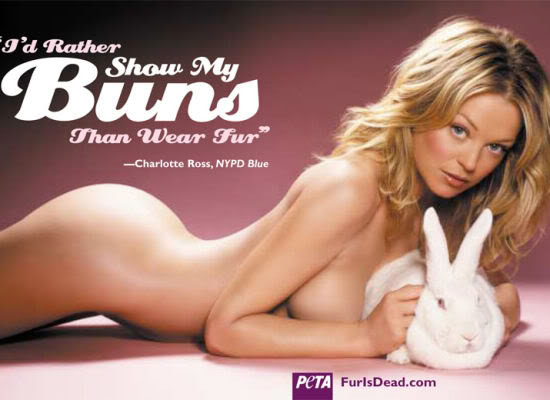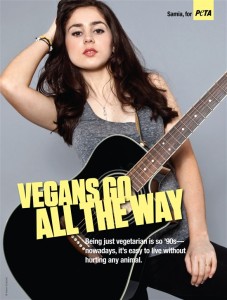Consider the following story line:
1. Woman is assaulted/raped/kidnapped/murdered.
2. Man goes on rampage in revenge.
How many movies (and television shows, video games, comics, etc.) can you think of that follow this plot? Bravehart? Taken? Just about every video game ever created? The victimization of women is an extremely over-used plot device meant to allow for rampant, unabashed violence from leading male-identified characters.
Feminists have taken issue with the trope, not simply because it gives a green light to hyper-masculinized violence, but also because of the ways in which women are presented. In seeing women vulnerable, victimized, dependent on men, and rarely actively involved in their own protection or survival, women become objects. Women don’t exist as persons or meaningful characters–they exist solely as an excuse for Liam Neeson to blow up half of Europe in search of his daughter, or for Mel Gibson to disembowel and behead half the English army.
Consider the impact this imagery has within a sexist culture. Imagine what it is like to be a woman in a media space that is saturated with images of women being hurt. Think about how difficult it can be to watch an action movie or television drama without being subjected to the obligatory rape scene. Media socializes not only male viewers, but female viewers as well.
Are we being encouraged to empathize with the victim, or are we being encouraged to root for the “good guy”/”hero”? Are we encouraged to think critically about the systemic violence that the victimization is embedded within? Or are we really just pushed to unload our hatred on one individual “bad guy” and his cronies? When images of violence against the vulnerable are presented as entertainment and cheap plot devices, is this not a form of revictimization?
Lee Hall, a feminist and legal scholar in animal rights, has a chapter in her book On Their Own Terms: Bringing Animal Rights Philosophy Down to Earth which questions the use of violent images of Nonhuman Animal suffering in a similar vein. Social movement scholars have pointed to the utility of “morally shocking” imagery as a motivation for becoming an activist, but at what point do graphic images simply begin to reinforce the object-status of Nonhuman Animals as helpless victims? What impact could these millions of images be having on our conceptualization of other animals?
To me, it seems that activists are not only blasting the public with these demeaning images, but they are also sharing them within the activist community as a means of exciting rage and desire for vengeance. Crude images of Nonhuman Animals being kicked, beaten, sexually assaulted, dismembered, etc. are shared among activists with encouragements to “GET ANGRY!” or “DO SOMETHING!”
Ecofeminist Marti Kheel has been writing about this “savior complex” in anti-speciesist spaces for decades. Instead of examining the root cause of exploitation, activists and theorists are looking for a reason to call on their inner Liam Neeson. The vegan feminist perspective, however, sees social change grounded in respect for the exploited and peaceful, non-violent education for the exploiters. Kheel explains:
Whereas nature ethicists have tended to concentrate on “rescuing” the”damsel in distress,” ecofeminists have been more likely to ask how and why the “damsel” arrived at her present plight. [ . . . ]
The natural world will be “saved” not by the sword of ethical theory, but rather through a transformed consciousness toward all of life.
“From Heroic to Holistic Ethics,” Ecofeminism,1993, p.243-4
My concern is that “victims in pictures” simply become revictimized when their experiences are shared in a matter that does not necessarily respect their personhood. In doing so, they simply become objects in the story line of activism:
1. Nonhuman Animal is assaulted/raped/kidnapped/murdered.
2. Human goes on rampage in revenge.
Given that the Nonhuman Animal rights movement already operates according to patriarchal norms and generally celebrates violent direct action, it seems quite fitting that Nonhuman Animals are presented as victims in order to allow men the justification they need to rampage. While violent activism is done in the name of social justice, the “might makes right” logic that supports this approach clearly works within an ideology of patriarchy.
Popular media loves to play this victim card so that audiences can quickly “cut to the chase.” But is it wise to employ the same tactic in social justice efforts? I think it is fair to say that the norm in other movements is to focus on the personhood of victims and survivors, instead of blasting audiences (and each other) with images of bloodied and mangled corpses or near-corpses. The video capturing the murder of Walter Scott by a police offer has gone viral in the Black Lives Matter movement’s media circles, drawing criticism from some that the revictimization of Black men through imagery mimics the same process found in pornography (an argument I have also made regarding the use of rape memes in the Nonhuman Animal rights media):
Yes, we should celebrate that even though an unarmed black man was killed, his killing was caught on film, so there’s a better shot at justice and closure. But I’m trying desperately to make sense of why watching and sharing the video that tore his mother’s heart to pieces is as normal as making your latest Instagram post. So far I’m landing at this: In a world where we are inundated with explicit content, watching black men die on camera provides a thrill that America thought she lost when popular lynchings ended with no need for a “mature audiences only” disclaimer. [ . . . ]
The black man’s death is repeated, reproduced, shared, and celebrated in a macabre way specific to the snuff genre. These films and activities have always existed, but in the past people didn’t consume them so publicly, or so proudly outside of public executions and lynchings.
Perhaps the Nonhuman Animal rights movement should take note. Instead of revictimizing Nonhuman Animals, let’s present them as persons. Let the Nonhuman Animals take center stage, not their human avengers. This is a movement that seeks to restore dignity to Nonhuman Animals. Reproducing victimization through movement media might not be sending the right message.
 Dr. Wrenn is Lecturer of Sociology. She received her Ph.D. in Sociology with Colorado State University in 2016. She received her M.S. in Sociology in 2008 and her B.A. in Political Science in 2005, both from Virginia Tech. She was awarded Exemplary Diversity Scholar, 2016 by the University of Michigan’s National Center for Institutional Diversity. She served as council member with the American Sociological Association’s Animals & Society section (2013-2016) and was elected Chair in 2018. She serves as Book Review Editor to Society & Animals and has contributed to the Human-Animal Studies Images and Cinema blogs for the Animals and Society Institute. She has been published in several peer-reviewed academic journals including the Journal of Gender Studies, Feminist Media Studies, Disability & Society, Food, Culture & Society, and Society & Animals. In July 2013, she founded the Vegan Feminist Network, an academic-activist project engaging intersectional social justice praxis. She is the author of A Rational Approach to Animal Rights: Extensions in Abolitionist Theory (Palgrave MacMillan 2016).
Dr. Wrenn is Lecturer of Sociology. She received her Ph.D. in Sociology with Colorado State University in 2016. She received her M.S. in Sociology in 2008 and her B.A. in Political Science in 2005, both from Virginia Tech. She was awarded Exemplary Diversity Scholar, 2016 by the University of Michigan’s National Center for Institutional Diversity. She served as council member with the American Sociological Association’s Animals & Society section (2013-2016) and was elected Chair in 2018. She serves as Book Review Editor to Society & Animals and has contributed to the Human-Animal Studies Images and Cinema blogs for the Animals and Society Institute. She has been published in several peer-reviewed academic journals including the Journal of Gender Studies, Feminist Media Studies, Disability & Society, Food, Culture & Society, and Society & Animals. In July 2013, she founded the Vegan Feminist Network, an academic-activist project engaging intersectional social justice praxis. She is the author of A Rational Approach to Animal Rights: Extensions in Abolitionist Theory (Palgrave MacMillan 2016).
Receive research updates straight to your inbox by subscribing to my newsletter.


